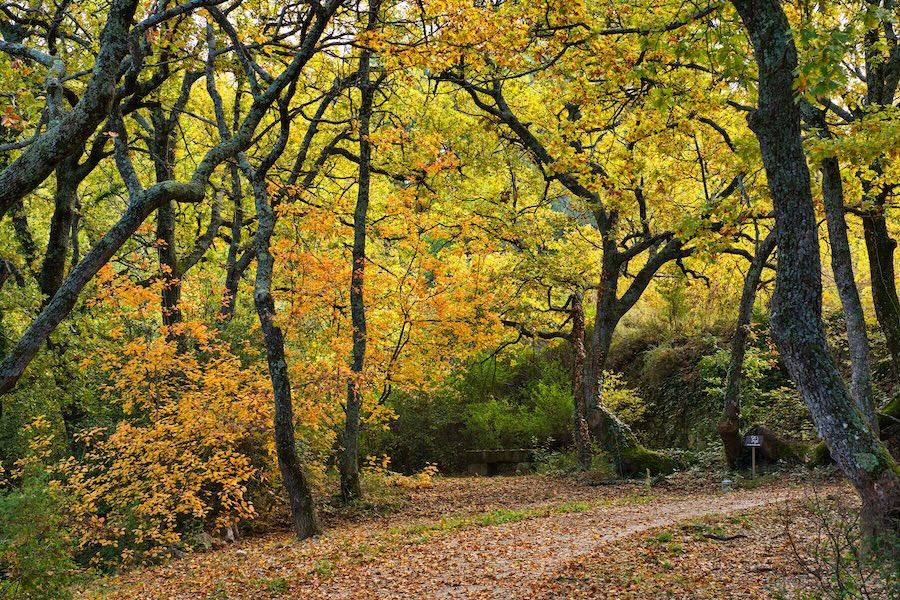As part of the GoProForMed project, several research theses have been developed to explore the link between the status of the forest and the level of biodiversity.
The first is Francesco Di Pietro’s thesis on the influence of structural characteristics on the diagnosis of the plant species of Mediterranean forest habitats. The European Union Habitats Directive, which was designed to protect biodiversity and species habitats, uses lists of indicator species to assess the conservation status of habitats. The results obtained revealed that structural variables, such as the richness of tree species and the porosity of the vegetation cover, strongly influence the presence and coverage of indicator species in the habitats studied.
The second thesis, by Mirko Legnaro Diamanti, focuses on the responses of epiphytic lichen communities to forest structure and microclimate in Mediterranean forests. The thesis concludes that lichens, which are highly sensitive to environmental changes, react quickly to modifications in forest ecosystems. The forest cover parameters are more important for lichen biodiversity than the general structure of the forest. There are also links between the composition of lichen communities and climatic variables. By understanding which structural parameters favour ecological conditions beneficial to these lichen communities, it will be possible to manage forests better to promote their biodiversity.
This article’s final thesis is from Elisa Caprasecca. She studies the relationship between forest structure and the richness of functional invertebrate categories in Mediterranean habitats dominated by chestnut, holm oak, cork oak and black pine. The results show that maintaining a high diversity of deadwood and understorey vegetation is essential for preserving the functional diversity of invertebrates in Mediterranean forests, thus contributing to sustainable forest management and biodiversity conservation.


